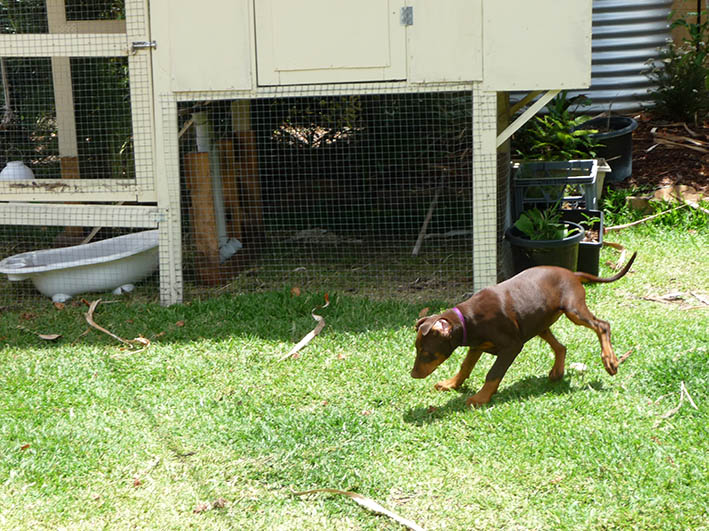Multigenerational living
When I was about nine or ten years old, my maternal grandparents came to live with us for a while. Grandad was poorly and Gran needed help, so my bedroom became theirs and my kid brother and I shared his very large room. It was no big deal for the two of us – and having the grandparents around was fun.
Perhaps that’s when I first took on board the idea that multigenerational households are a logical way of life for families. Clearly I’m not alone in thinking so. According to the City Futures Research Centre, more and more Australian families are choosing to live this way. For some families this includes adult children who either continue to live at home or move back in for a while, and/or ageing parents or grandparents who move in with their children rather than entering an aged-care facility.
This shift could be happening for any number of reasons, but it seems to me that it’s at least partly a practical response to increasing societal pressures. The job market is uncertain and very mobile, house prices, childcare and living expenses continue to climb whilst wages remain static or, at best, creep up gradually. We’re all living longer, but may not have anticipated the sharp cost increases or our continued longevity. The result in many cases is that superannuation/pension schemes may not provide an adequate income to last the distance.
There are any number of pluses to multigenerational households, such as shared expenses, assistance with child-care and transport, shared cooking and shopping duties, company and conversation, and being able to keep an eye on one’s ageing parents. It also provides ongoing training for children, adults and older people in getting along together, and can narrow the generation gap through sharing.
However, adult children often feel that parents never quite view them as having grown up, which can result in ongoing conflict. Ageing parents moving in with a family may also experience this roadblock. Other issues that could arise are differing needs for quiet, privacy, special diets, personality conflicts, mobility assistance, sharing of chores, and clarifying financial arrangements – to name just a few. If not addressed up front and managed on an ongoing basis, any or all of these things can result in a household imploding.
Whilst I acknowledge that it’s not something everyone might want to do, I believe that the positives of multigenerational households far outweigh the negatives. But it does require ongoing mindful engagement from all parties. As long as the group communicates respectfully, plans and remains flexible, most things can be worked out.
Last year our household grew by three cats, four chicken, a number of quail – and an adult child and her partner. After 11 months they were ecstatic to finally move into their own house – and we were pretty happy to not longer have the noisy (!) chickens in the front yard. But the four of us managed to work around each other pretty well all year, having talked about how to manage issues in advance. It can work 🙂

🙂 Just like pretty much anything involving other people, communication is key. Also, the ability to be calm while communicating.